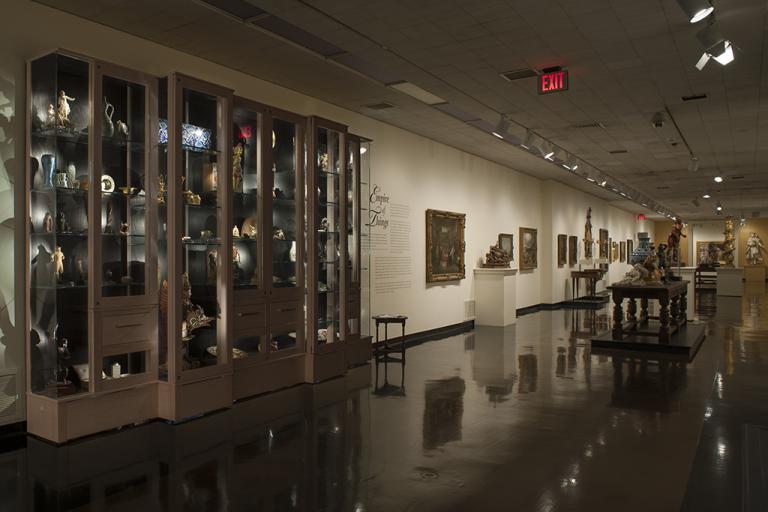Hunting Scene, unknown maker from Egypt
Artwork Overview
Hunting Scene
, circa 2500 BCE, Old Kingdom (circa 2575 BCE–2150 BCE)
Where object was made: Egypt
Material/technique: relief; limestone
Dimensions:
Object Height/Width/Depth (Height x Width x Depth): 54 x 35 x 11 cm including base
Object Height/Width/Depth (Height x Width x Depth): 21 1/4 x 13 3/4 x 4 5/16 in
Object Height/Width/Depth (Height x Width x Depth): 54 x 35 x 11 cm including base
Object Height/Width/Depth (Height x Width x Depth): 21 1/4 x 13 3/4 x 4 5/16 in
Credit line: Museum purchase
Accession number: 1977.0033
On display: Loo Gallery
If you wish to reproduce this image, please submit an image request










